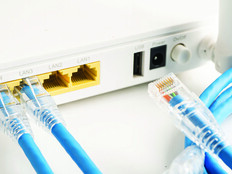4 Tips to Design an Effective Network Inventory Management Plan
Network inventory management can aid in determining the size of an agency’s network, help with capacity planning and provide ways to understand the cost of the network. For agencies, the data can help them comply with strict guidelines and mandates and keep track of networked devices. Here’s how to efficiently design a network inventory plan:
1. Define Your Agency's Network Inventory
Historically, a network inventory included network devices such as routers, switches and wireless controllers. Today, the scope of a network inventory should expand to include servers, Internet of Things endpoints, digital signs, conference room equipment, IP phones and other IP devices. The information is typically gathered through an automated asset tracking tool.
2. Expand the Scope of Network Inventory Data
For network devices, information should include IP addresses, address schema and type of device, and optional hardware components. For nontraditional network devices, include information about operating systems, patch levels, security tools and license keys. This data can be valuable in understanding possible vulnerabilities and configuration issues and can also be used for budget planning.
3. Choose a Vendor Based on the Expanded Scope
When purchasing an inventory tool, network professionals should look for one as close to plug-and-play as possible. Other essential capabilities include automated and ongoing scanning, to ensure continuous address capture and policy validation; ability to extend beyond network devices; and the option for both cloud and on-premises deployment.
4. Add Inventory Management to Help Desk Duties
Help desks waste a significant amount of time asking workers for basic endpoint information and then tracking issues manually. When inventory data is integrated into help desk tools, device-level data can be pulled up instantly, making it simpler to track problems.






_0.jpg)



